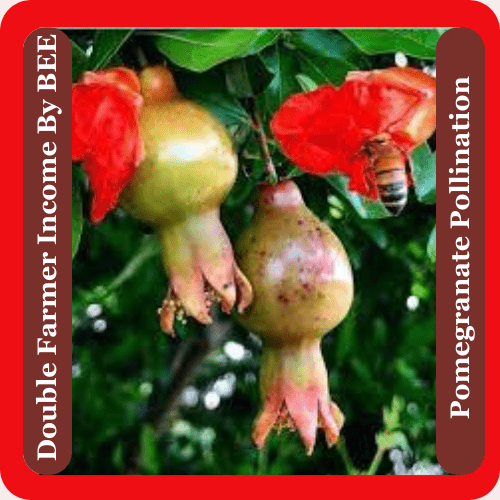Beekeeping business Startup
Starting a beekeeping business can be an exciting and rewarding venture. Here are some steps to consider when starting a beekeeping business:
- Research and Planning:
- Familiarize yourself with beekeeping techniques, industry trends, and local regulations.
- Identify your target market and determine the products and services you plan to offer.
- Conduct a feasibility study to assess the potential demand and profitability of your business.
- Obtain Education and Experience:
- Acquire the necessary knowledge and skills through beekeeping courses, workshops, or mentorship programs.
- Gain hands-on experience by working with experienced beekeepers or volunteering at apiaries.
- Develop a Business Plan:
- Outline your business goals, marketing strategies, operational details, and financial projections.
- Determine the scale of your operation, the number of hives, and the types of products you plan to produce (e.g., honey, beeswax, pollination services).
- Secure Funding:
- Calculate the startup costs, including equipment, bees, hive materials, protective gear, and marketing expenses.
- Explore funding options such as personal savings, loans, grants, or partnerships.
- Select a Suitable Location:
- Find a location with access to abundant floral resources and a suitable climate for beekeeping.
- Ensure the availability of land or adequate space for hive placement and expansion.
- Obtain Bee Colonies and Equipment:
- Purchase bees from reputable suppliers. Choose healthy, disease-resistant bee colonies.
- Acquire necessary equipment, including hives, frames, beekeeping tools, extraction equipment, and protective gear.
- Hive Placement and Management:
- Set up your hives in a strategic location, considering factors like sunlight exposure, wind protection, and accessibility.
- Implement proper hive management practices, including regular inspections, pest and disease control, hive expansion, and honey extraction.
- Develop Marketing and Sales Strategies:
- Identify your target customers, whether it’s individuals, local markets, retailers, or other businesses.
- Create a brand identity and develop marketing materials.
- Establish distribution channels for your products, such as local markets, online platforms, or partnerships with retailers.
- Comply with Regulations and Safety Measures:
- Research and comply with local, state, and national regulations related to beekeeping, food safety, labeling, and packaging.
- Ensure proper safety measures are in place for yourself, employees, and customers.
- Continuous Learning and Networking:
- Stay updated on industry trends, best practices, and advancements in beekeeping.
- Join beekeeping associations, attend conferences, and network with other beekeepers to exchange knowledge and experiences.
Remember, beekeeping business startup requires continuous learning, dedication, and a commitment to the well-being of the bees. Building strong relationships with customers and maintaining high-quality products and services will contribute to the success of your beekeeping business.





Leave A Comment